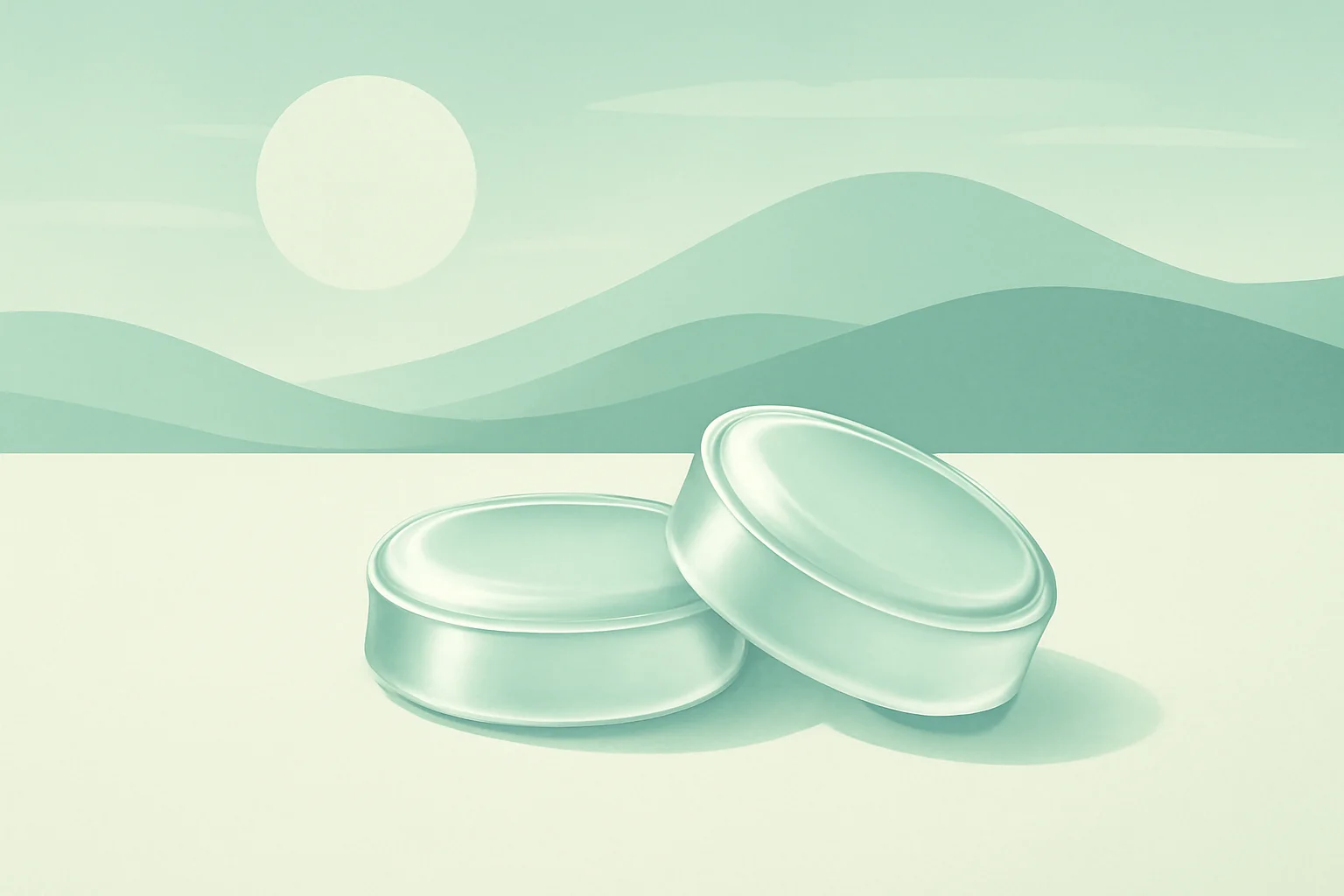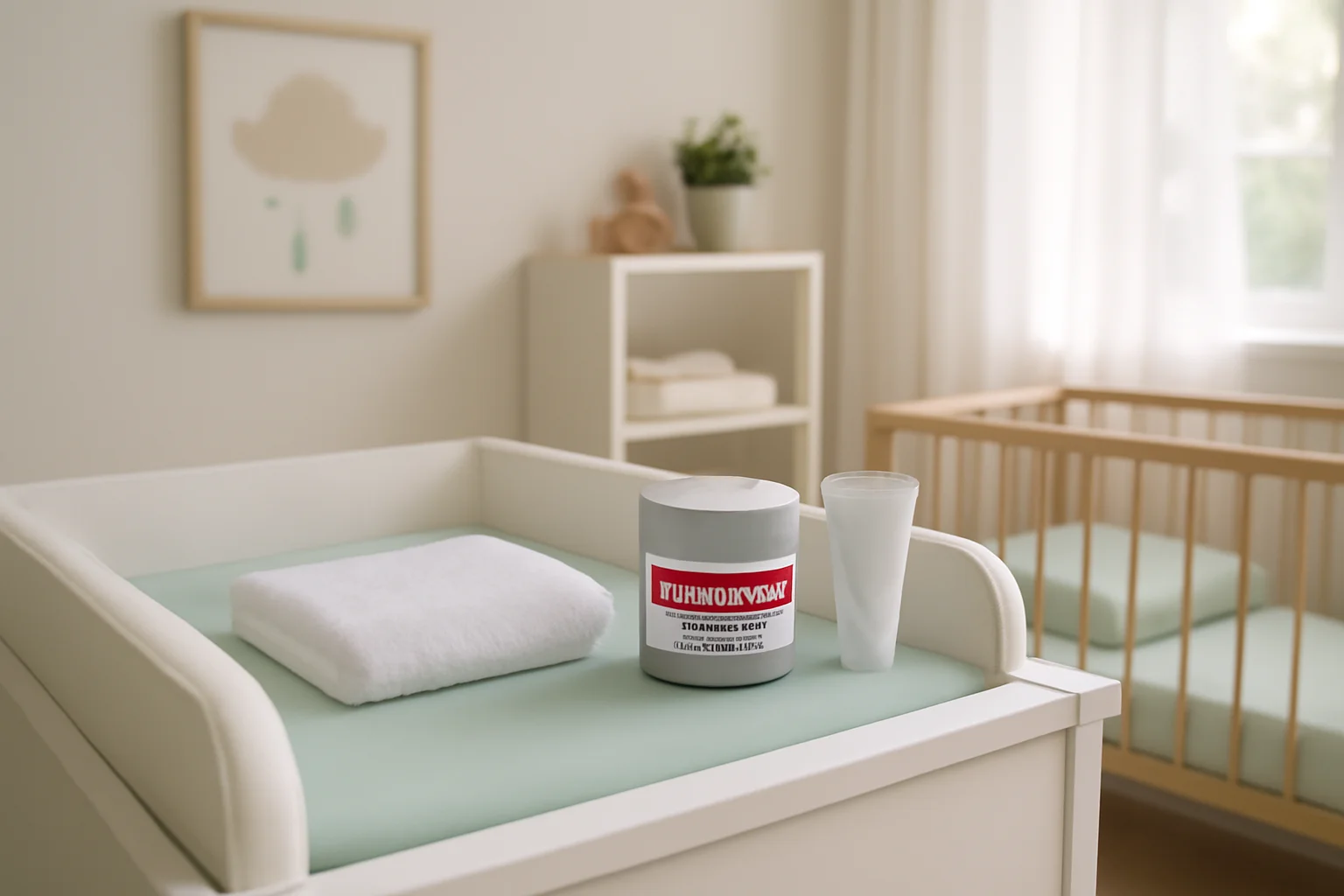
Warts and Calluses: Causes, Treatment Options, and Prevention
The skin is one of our largest organs, constantly exposed to environmental effects, and can encounter numerous problems. Two common skin issues that complicate many people’s lives are warts and calluses. Both develop for different reasons, and while they may show similarities, they are fundamentally different phenomena.
Warts are virus-induced and caused by the human papillomavirus (HPV). These can be raised, rough-surfaced lesions on the skin, often painful, especially when pressure is applied, such as on the foot. Calluses, on the other hand, are the skin’s protective responses that develop due to increased friction or pressure. These thickened skin areas are often found on the feet or palms and generally do not cause pain.
Although the differences between the two lesions are apparent, many are unaware of the treatment options available. Additionally, it is important to know when to consult a doctor and how to prevent further problems. In the following sections, we will delve deeper into the world of warts and calluses to better understand these common skin issues.
Warts: Symptoms and Causes
Warts are benign tumors that appear on the skin’s surface, caused by the HPV virus. These viruses spread easily, particularly through direct contact. Warts typically appear on the hands, feet, knees, and elbows, but can develop on any skin surface.
The most common types include common warts, plantar warts, flat warts, and filiform warts. Common warts usually have a rough, raised surface, while plantar warts appear on the soles of the feet and are often painful due to pressure from the body’s weight.
Causes of wart formation include a weak immune system, skin injuries, and frequent moisture and friction. Viruses can easily enter the skin when it is damaged, so it is important to take care of our skin’s health and avoid direct contact with others’ wart-infected skin.
Since warts are virus-induced, various methods are available for their treatment. In most cases, warts disappear on their own, but if they cause pain or present aesthetic problems, it is advisable to consult a doctor. Treatment options include freezing, laser treatment, topical treatments, and surgical removal.
Calluses: Causes and Treatment Options
Calluses are the skin’s protective responses that develop due to increased pressure, friction, or irritation. These thickened skin areas are most commonly found on the feet, palms, and elbows. The most common causes of callus formation include wearing improper footwear, stress during sports activities, and prolonged standing or sitting.
Calluses primarily serve the skin’s protective function; however, if they develop excessively, they can become uncomfortable. Calluses are generally not painful, but if the thickening of the skin is significant, it can exert pressure on surrounding tissues, causing pain.
Treating calluses is usually straightforward and can be done at home. The most important step is to eliminate the underlying causes, such as wearing appropriate footwear. Additionally, various methods are available for removing calluses, such as foot care, applying moisturizing creams, and exfoliating the feet. If a callus is particularly painful or bothersome, it is advisable to consult a doctor who can provide professional assistance.
Distinction and Prevention
Distinguishing between warts and calluses is crucial for selecting appropriate treatment. Since warts are virus-induced while calluses are protective responses of the skin, they require different approaches. Warts are generally more painful, while calluses rarely cause pain unless the thickening of the skin is significant.
From a prevention standpoint, it is important to pay attention to the condition of our skin. For warts, the most important factor is maintaining hygiene. Avoid direct contact with others’ wart-infected skin, and if possible, wear flip-flops or protective footwear in public places such as pools or showers.
To prevent calluses, choose appropriate footwear that provides adequate support for the feet and reduces the risk of friction. Additionally, regular foot care, including moisturizing and exfoliating, is recommended.
If you notice any skin problems, it is important to consult a doctor in a timely manner, who can help provide the correct diagnosis and initiate treatment.
—
Warning: This article does not substitute for medical advice. If you have health problems, please consult a doctor.

